 People often associate negotiations with deals between companies or purchases but in reality, the average person makes dozens of negotiations every single day. Whether it’s discussion with an (ex)spouse, pleading with children, or coming to a consensus on dinner plans with friends – negotiating is a part of everyday life. While everyone inevitably engages in some form of negotiation, not everyone is skilled at it. Luckily, it doesn’t require years of business classes to become a great negotiator. And the benefits of becoming a great communicator can be tremendous. Keep the following things in mind for future negotiations.
People often associate negotiations with deals between companies or purchases but in reality, the average person makes dozens of negotiations every single day. Whether it’s discussion with an (ex)spouse, pleading with children, or coming to a consensus on dinner plans with friends – negotiating is a part of everyday life. While everyone inevitably engages in some form of negotiation, not everyone is skilled at it. Luckily, it doesn’t require years of business classes to become a great negotiator. And the benefits of becoming a great communicator can be tremendous. Keep the following things in mind for future negotiations.
Preparation
Regardless of the focus of your negotiations, you must do extensive research beforehand. For example, if you begin negotiations to purchase a used car but you haven’t researched current market prices for the make and model in question, the seller is going to spot your lack of preparation and take advantage of it. The seller could set the starting price much higher than current market prices suggest, playing off of your ignorance. Preparation also involves knowing exactly what it is you want out of the deal and defining your bottom line. Writing these things down before you begin negotiating can act as a control which will prevent you from making unwise decisions in the heat of the moment.
Honesty
Honesty really is the best policy in negotiations. Being dishonest or omitting certain information during a negotiation will only hurt you later on when the truth comes to light. Remember that the goal of any negotiation isn’t to force your opponent to take a bad deal, but rather to find a compromise that will be advantageous for both parties.
Patience
Don’t let your own impatience drive you to take an undesirable deal. Negotiations that occur over long periods of time can actually be helpful since both parties have ample time to fully consider the consequences of the deal. On the flipside, negotiations with your children may not be long and drawn out but LOTS of patience may be needed.
Assistance
Don’t ever be afraid or embarrassed to ask for help. If the particular negotiation you are involved in has high stakes, it may be a good idea to consult an attorney, an expert negotiator, or simply speak with a trusted friend or family member. Consulting someone outside of the negotiation can give you a fresh perspective and potentially provide valuable insight.
Options
Having a variety of options can work to your advantage in any deal. If you are planning on purchasing a home for instance, you should speak with several realtors about different locations. Once you have been quoted prices for all of the possibilities, you can use the price ranges as tools of negotiation. Let all the realtors know that you have other options and will only accept the best deal. This provides leverage which ensures you will get a bigger discount in the end.
Practice
Confidence is what you stand to gain through practice and it will go a long way in earning you a great deal. Before a big negotiation, use role plays to practice with friends, family, or co-workers. You can try out different negotiation tactics and see which ones suit your personality best and remember the old saying “You catch more flies with honey than you do with vinegar”
Good negotiation skills can mean the difference between a satisfied customer and buyer’s regret. Keep these tips in mind and you should find yourself walking away from your next negotiation with a smile and a great deal.

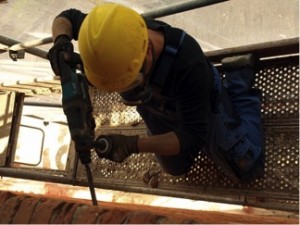 Getting your first part time job is a proud moment in anyone’s life, and this will be no different for your teen.
Getting your first part time job is a proud moment in anyone’s life, and this will be no different for your teen. News gleaned from the TV, radio, or Internet can be a positive educational experience for kids. But when the images presented are violent or the stories touch on disturbing topics, problems can arise.
News gleaned from the TV, radio, or Internet can be a positive educational experience for kids. But when the images presented are violent or the stories touch on disturbing topics, problems can arise. Having a teenager can be a difficult time, and being one can be even harder. It’s a strange time in their life as they aren’t a kid anymore, but they still rely on people to assist them with decision making. There has been an increase of teenagers joining the workforce in recent years, and the idea of letting adolescents work has been a heavy debate for years. If you and your teenager are trying to decide if getting a part time job is right for their path, there are a few things to consider:
Having a teenager can be a difficult time, and being one can be even harder. It’s a strange time in their life as they aren’t a kid anymore, but they still rely on people to assist them with decision making. There has been an increase of teenagers joining the workforce in recent years, and the idea of letting adolescents work has been a heavy debate for years. If you and your teenager are trying to decide if getting a part time job is right for their path, there are a few things to consider: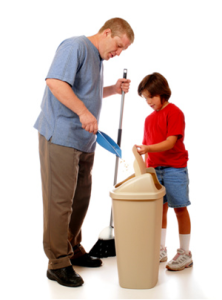 There was one thing I was looking forward to when I had my first kid. It wasn’t spending time raising someone to be responsible, nor was it having a new best friend to laugh and play with. It was finally getting someone else to mow the lawn for me. No more of my weekend time wasted pushing my lawnmower with the busted automatic drive, no more time fixing the bag that keeps falling off, and no more hauling the grass bags off to the bin. That is all Dennis Junior’s job.
There was one thing I was looking forward to when I had my first kid. It wasn’t spending time raising someone to be responsible, nor was it having a new best friend to laugh and play with. It was finally getting someone else to mow the lawn for me. No more of my weekend time wasted pushing my lawnmower with the busted automatic drive, no more time fixing the bag that keeps falling off, and no more hauling the grass bags off to the bin. That is all Dennis Junior’s job. Khaaliq Thomas is a professional photographer and custodial dad of 3 (recently divorced). For the past year he has been working on a photo documentary concentrating on single / custodial fathers households.
Khaaliq Thomas is a professional photographer and custodial dad of 3 (recently divorced). For the past year he has been working on a photo documentary concentrating on single / custodial fathers households.
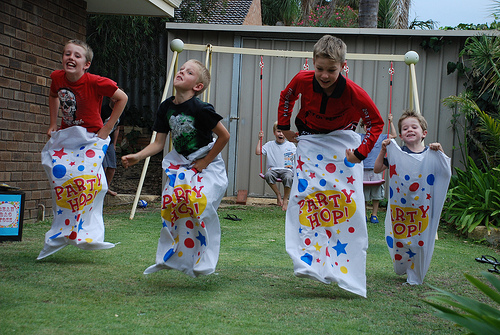
 There is a lot of debate on whether kids have too much homework these days. Teachers say the idea of homework is not just for revision and continual learning after hours but to prepare them for when they get into year 11 and 12 or even Uni. It’s preparation, so that study is not so much of a shock and they have learned skill around how to actually do it. The question I have heard recently is – are kids more successful in school when parents take an active interest in their homework — it shows kids that what they do is important.
There is a lot of debate on whether kids have too much homework these days. Teachers say the idea of homework is not just for revision and continual learning after hours but to prepare them for when they get into year 11 and 12 or even Uni. It’s preparation, so that study is not so much of a shock and they have learned skill around how to actually do it. The question I have heard recently is – are kids more successful in school when parents take an active interest in their homework — it shows kids that what they do is important. Father’s Day is fast approaching. Few more days to go and we will be celebrating this day with overwhelming gratitude for our dads.
Father’s Day is fast approaching. Few more days to go and we will be celebrating this day with overwhelming gratitude for our dads. To adults, childhood can seem like a carefree time. But kids still experience stress. Things like school and social life can sometimes create pressures that can feel overwhelming for kids. As a dad, you can’t protect your kids from stress — but you can help them develop healthy ways to cope with stress and solve everyday problems.
To adults, childhood can seem like a carefree time. But kids still experience stress. Things like school and social life can sometimes create pressures that can feel overwhelming for kids. As a dad, you can’t protect your kids from stress — but you can help them develop healthy ways to cope with stress and solve everyday problems. At some point in time it is going to be necessary to understand what’s happening to your daughter as she moves from being a girl to becoming a teenager and woman. Knowledge on these changes will help you stay connected and understand what she is experiencing. You will also not be left out of the conversations.
At some point in time it is going to be necessary to understand what’s happening to your daughter as she moves from being a girl to becoming a teenager and woman. Knowledge on these changes will help you stay connected and understand what she is experiencing. You will also not be left out of the conversations.








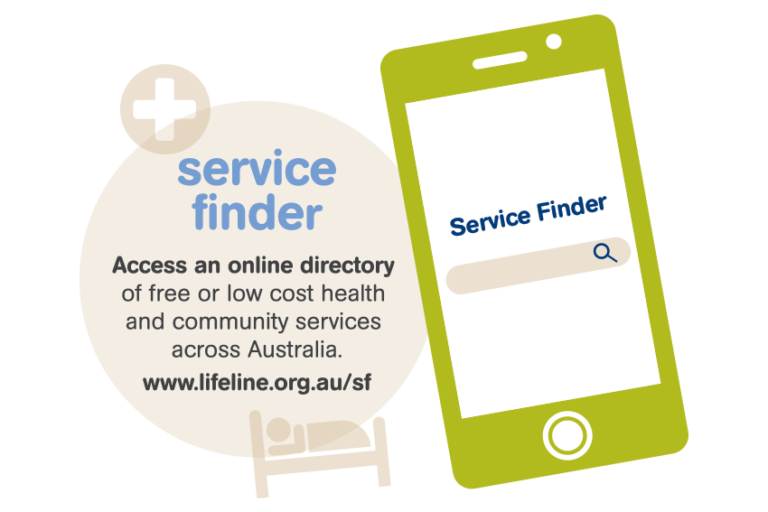
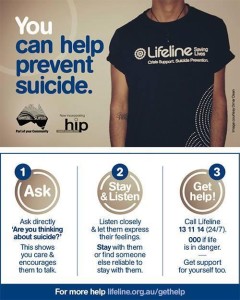





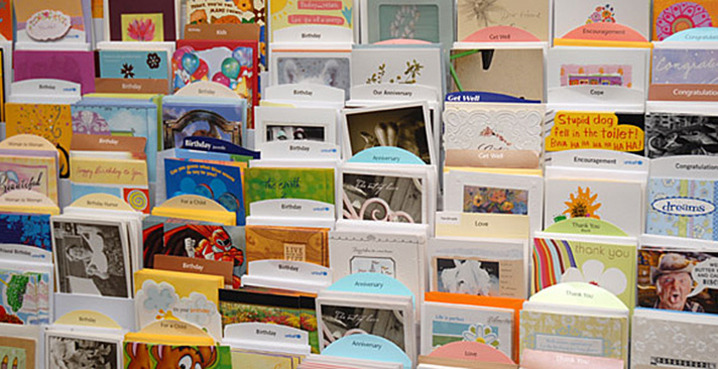

Recent comments